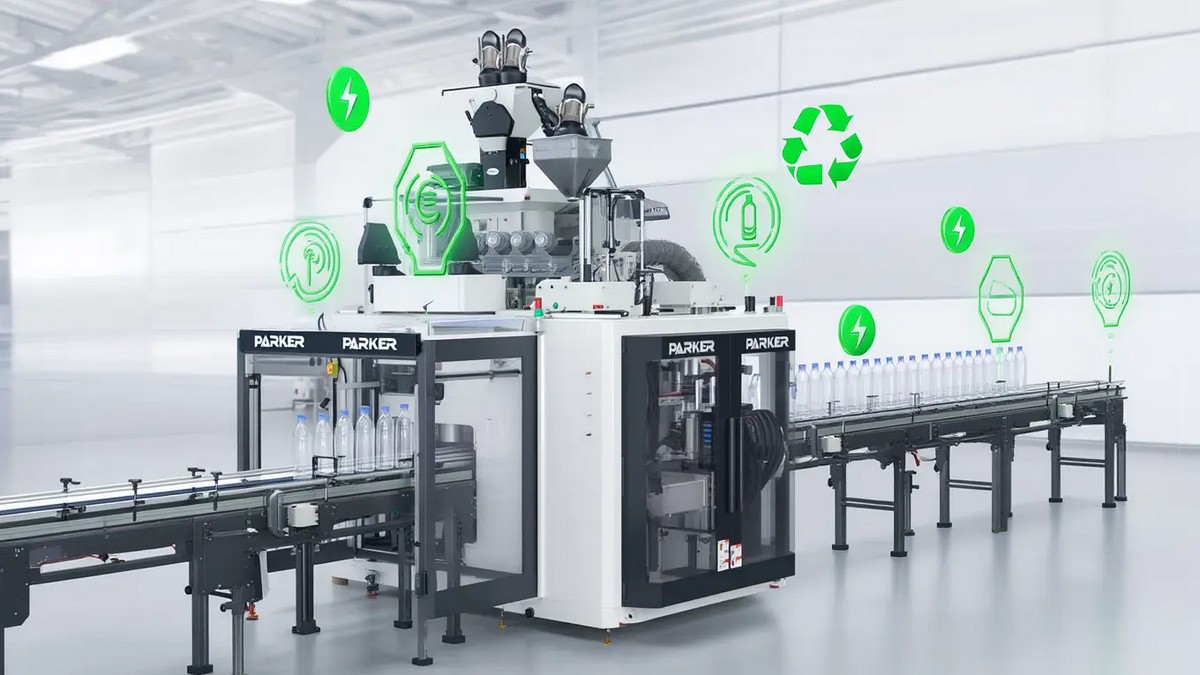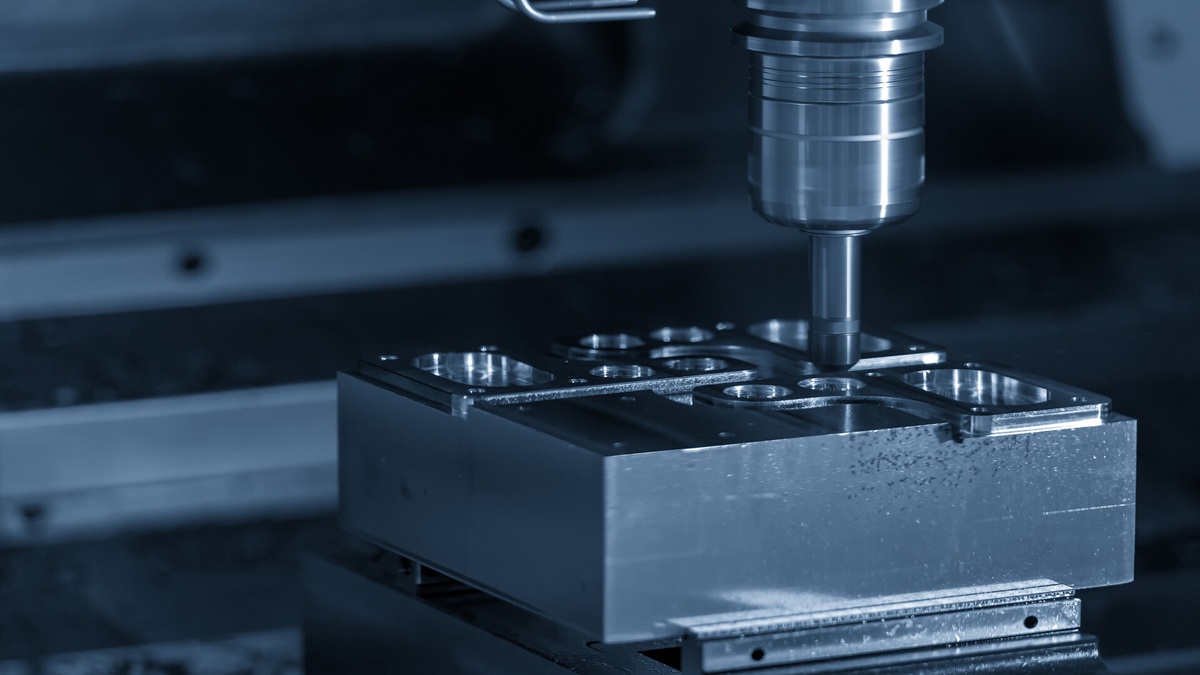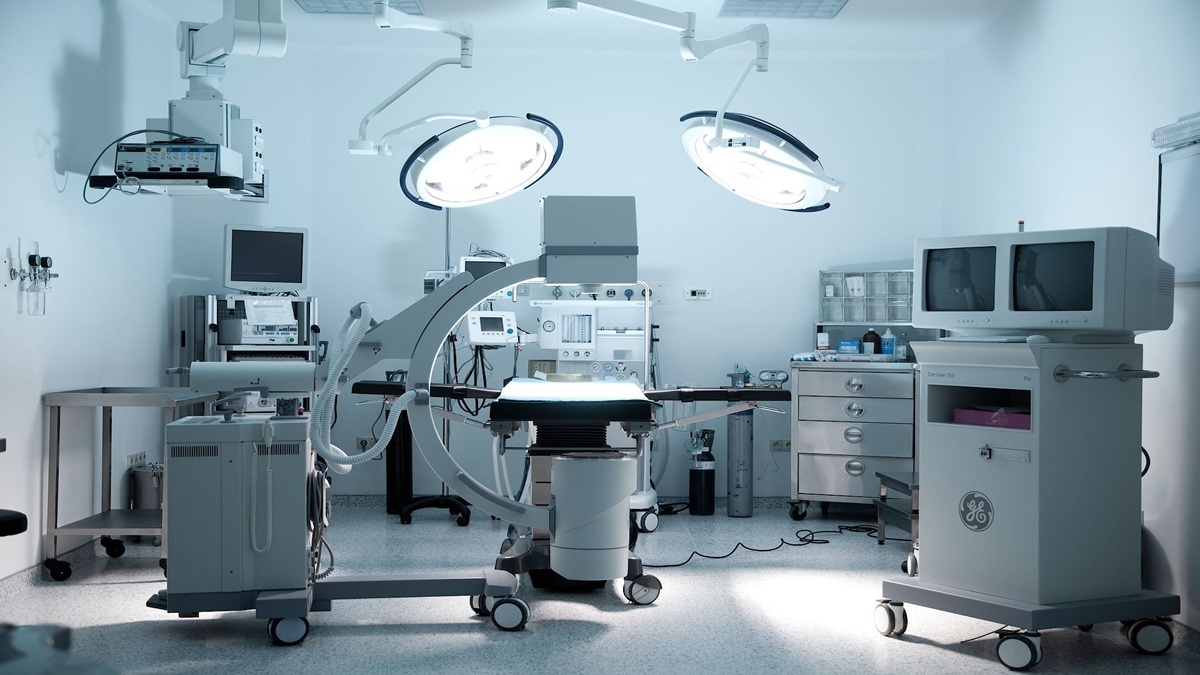To strictly manage risks, medical systems usually adopt technologies that matured yesterday. The market promotion of AI innovative technology applications is facing challenges, and relevant regulations must also keep pace with the times.
The AI application of smart medical care is difficult to achieve overnight, and it is necessary to plan complete medical care IT infrastructure, combined with the Internet of Medical Things (IoMT), integrate digital specifications of medical information, and real-time, continuous health data monitoring. However, the COVID-19 epidemic has become an accelerator for innovations, breaking the conservative medical material industry culture and creating time pressure that cannot wait. The unmet needs of epidemic prevention and treatment in the market are ripening AI smart medical care, or the Software as a Medical Device (SaMD) medical material market.
The goal of medical technology development is to find better ways to identify, diagnose and treat diseases more effectively. It is estimated that medical and health data will grow exponentially. More and more patients agree with the future of medical data analysis applications, and 40% are willing to share personal medical information. By 2025, the Augmented Reality (AR) medical equipment market will reach 5.1 billion US dollars. The IoMT market will increase at a CAGR of 30.8% to reach $159.1 billion in 2022.
The goal of medical technology development is to find better ways to identify, diagnose and treat diseases more effectively. It is estimated that medical and health data will grow exponentially. More and more patients agree with the future of medical data analysis applications, and 40% are willing to share personal medical information. By 2025, the Augmented Reality (AR) medical equipment market will reach 5.1 billion US dollars. The IoMT market will increase at a CAGR of 30.8% to reach $159.1 billion in 2022.
1. Bioprinting
In 2020, the global medical 3D bioprinting market size was about 1.4 billion US dollars, and is expected to reach 4.4 billion US dollars in 2028, with a compound annual growth rate of 15.8%. Mature 3D bioprinting technology is mainly used in orthopedics, surgical instruments, and other medical material equipment. The annual compound growth rate of organ and tissue bioprinting classified in the field of regenerative medicine is as high as 19.3%, indicating that the peripheral application market of organ 3D bioprinting is gradually maturing.
The COVID-19 pandemic has also served as an accelerator for the medical 3D printing market. Facing an immediate shortage of respirators, masks, etc., 3D printing manufacturer Stratasys supplied 100,000 masks in the United States through 3D printing in the early days of the outbreak. Through 3D printing technology, 100,000 nasal swabs were manufactured daily for COVID-19 testing. In terms of drug and vaccine testing needs, it has also accelerated the application of 3D bioprinting technology in micro-organs and organoid models, using 3D bioprinting technology to build lung-like tissues and explore treatment methods.
Organ and tissue printing refers to the construction of a cellular scaffold by imitating living tissue by incorporating structural substances in the body such as collagen, fibrin, and gelatin, and injecting cells into it to form a multi-functional and multi-type cell growth environment for rapid growth. This scaffold promotes tissue and organ production.
2. Brain-computer applications
Brain-Computer Interface (BCI) refers to the establishment of a direct communication channel between the brain and external devices to read brain and neural information and translate it into commands to control external devices through computer processing. The evolution of the brain-computer interface brings new hope to those with neurological diseases or injuries caused by stroke or spinal cord injury. Through AI analysis of neural signals and movements, combined with the aids of the brain-computer interface, after neurological damage, return to normal communication and motor function will be possible soon. Most of the current brain-computer interface technologies use 1-2 brain sensors to collect up to hundreds of neuron signals. Through the semiconductor process, it is possible to make wireless micro-neural sensors, record and stimulate brain activity, connect multiple sensor signals in series to form a coordinated network, and centralize the signals to the central processing unit for management.
3. Health applications of AR and VR
AR and VR applications in medical care usually involve software programs for simulation training, such as for various surgical procedures, and also training programs using virtual scenes designed for treatment of depression, low attention span in children, vision problems, etc. Medical virtual reality or augmented reality can stimulate or moderate brain activity, reduce brain pain, train emotions, pain management, and more.
4. In Vitro Diagnostics (IVD)
In 2020, the global in-vitro diagnostics market will reached USD 84.54 billion, an increase of 17.2% compared to 2019, with the demand for COVID-19 testing accounting for more than USD 9 billion of that total. In Vitro Diagnostic Device (IVD), refers to a device that uses a non-invasive method to extract human tissues, cells, body fluids, or other sample, and then use chemical, immune, molecular, cell, or other detection methods to diagnose human health status. Classified by application technology, including immune detection, clinical chemical analysis, molecular diagnosis, blood analysis, microbial detection, etc., common detection items include infectious diseases, endocrine and organ function assessment, cancer and chronic disease marker protein monitoring, drug abuse, blood cell analysis, allergy, and autoimmune diagnosis, etc.
Point-of-care testing medical materials are one of the forms of in vitro testing of medical materials, which refers to medical diagnostic tests that can be performed while caring for patients. In the early days, it was generally referred to as a medical device that can be moved to the patient's bedside for detection. The concept has evolved into a medical device for detection and diagnosis that can be performed anywhere, including outpatient clinics, offices, homes, and ambulances.
The development of Point-of-care Testing (POCT) is oriented towards the two directions of disease prevention and chronic disease management. Speed, convenience, and accuracy are its product characteristics, allowing non-medical personnel to operate it, binding the screening results to the treatment plan, and moving towards precision medical trends.
5. Liquid Biopsy
Liquid Biopsy is a blood test, a new in vitro diagnostic modality that can change the challenges of traditional biopsy testing. Traditional biopsy uses invasive methods such as surgical sectioning and needle puncture to obtain tumor tissue. Often by the time a tumor is located, it is too late for proper treatment. The cost of surgery and puncture is high and procedures can be difficult. Multiple time and multiple location sampling tests are often required, and the patient's resistance to pain and fear need to be considered. Liquid biopsy uses blood samples to obtain substances metabolized or secreted by cells, including cell-free DNA (cfDNA), circulating tumor cells, and tumor-derived exosomes.
Exosomes are vesicles with a diameter of 40-150 nanometers, which are covered by cell membranes with substances such as carbohydrates, lipids, proteins, nucleic acid fragments, and gene information factors that regulate cells. In recent years, researchers have found that tumor cells produce and release a large number of exosomes. When tumor exosomes are absorbed by the receiving cells, the gene information molecules such as mRNA carried by the tumor cells will change the expression of genes or proteins in the cells, which can be used as early screening for cancer.
Through liquid biopsy ctDNA genetic testing (including genomic testing of genome, transcriptome, metabolites, proteome, etc.), real-time detection, monitoring of changes, and identification of cancer types can be used as a diagnostic test for further tissue biopsy, and ultimately achieve early detection, early diagnosis, and early treatment. Liquid biopsy technology corresponds to the needs of cancer diagnosis and treatment and has derived four market categories, namely early screening, diagnosis, treatment guidance, and prognosis tracking. In the future, cancer detection may be as fast, convenient, and accurate as diabetes blood sugar detection.
6. Medical IoT IoMT
Liquid Biopsy is a blood test, a new in vitro diagnostic modality that can change the challenges of traditional biopsy testing. Traditional biopsy uses invasive methods such as surgical sectioning and needle puncture to obtain tumor tissue. Often by the time a tumor is located, it is too late for proper treatment. The cost of surgery and puncture is high and procedures can be difficult. Multiple time and multiple location sampling tests are often required, and the patient's resistance to pain and fear need to be considered. Liquid biopsy uses blood samples to obtain substances metabolized or secreted by cells, including cell-free DNA (cfDNA), circulating tumor cells, and tumor-derived exosomes.
Digital medical care is expected to reduce medical costs through wearable health monitoring and the medical Internet of Things. In the past, it was difficult to coordinate and operate between medical institutions and even different departments within them, because the inconsistent structure of medical information systems led to restrictions on data circulation, as well as considerations for the privacy of medical records and information security. When the digital framework and infrastructure of the medical Internet of Things and health information are completed, with the help of AI, inter-departmental diagnosis within a hospital will be able to more easily detect patients at risk of deterioration. Digital medical systems across hospitals can improve the efficiency of care and coordinate the management of medical resources among institutions.
With the completion of network information and communication infrastructure, and the maturity of AI medical applications, cloud, and data transmission technologies, breakthroughs are being made in communicating medical information. Through the innovative combination of cloud AI, cloud software and analysis services, and the manufacturing of medical materials and electronic products, the medical IoT is being created.
7. Gene Sequencing
In 2001, the first generation of sequencing technology - Dideoxy Termination Method, also known as the Sanger Method, was completed. With the development of molecular biotechnology, sequencing technology has entered Next Generation Sequencing (NGS). NGS technology is to completely fragment DNA, enabling high-throughput and rapid reading and sequencing.
Second-generation gene sequencing technology can be divided into four processes: sample library preparation, sample library amplification, sequencing reaction, and data analysis. Sample library preparation is to randomly cut the gene sequence into fragments and then connect to the adapter to make samples. The sample library amplification uses polymerase chain reaction (PCR) to amplify the gene fragments of the sample library, increase the amount of DNA, and achieve a threshold value that can be detected. The sequencing reaction is based on newly developed sequencing technology where millions of DNA fragments are combined with nucleotides by a polymerase, and placed on a chip (microreactor) where they will display fluorescence. Advanced technology is then used to detect subtle reactions of these weak fluorescence light sources and quickly give a large volume of sequencing results. Data analysis can then verify the sequence information through known biological databases.
Second-generation gene sequencing technology can be divided into four processes: sample library preparation, sample library amplification, sequencing reaction, and data analysis. Sample library preparation is to randomly cut the gene sequence into fragments and then connect to the adapter to make samples. The sample library amplification uses polymerase chain reaction (PCR) to amplify the gene fragments of the sample library, increase the amount of DNA, and achieve a threshold value that can be detected. The sequencing reaction is based on newly developed sequencing technology where millions of DNA fragments are combined with nucleotides by a polymerase, and placed on a chip (microreactor) where they will display fluorescence. Advanced technology is then used to detect subtle reactions of these weak fluorescence light sources and quickly give a large volume of sequencing results. Data analysis can then verify the sequence information through known biological databases.
The gene sequencing market can be segmented into sequencing equipment, platforms and reagents, sequencing services, and bioinformatics. The overall gene sequencing market reached US$7.815 billion in 2019 and is expected to grow to US$24.352 billion in 2025, with a compound annual growth rate of 20.9%. Nanopore sequencing technology can read longer sequences, provide faster sequencing, and can directly sequence original DNA samples, avoiding the error rate and preference of PCR amplification. Although the technology is more advanced and convenient, the market share is still less than 1% and is just starting.
Based on NGS applications, the market is segmented into diagnostics, drug development, agricultural and animal research, and other applications. The application of genomics developed from gene sequencing is the starting point of the concept of precision medicine. Genomic data is used to determine the treatment and care plan of patients, or to give targeted drugs with companion diagnostic reagents. AI analysis of genetic data corresponding to infectious diseases, oncology, and pharmacology, to determine effective treatment plans, as individual drug diagnosis, has been used to treat diseases such as cancer and cystic fibrosis.
8. Software as a Medical Device (SaMD)
SaMD is closely related to AI. Health and physiological sensors collect patient data, and after analysis, the output results are used for diagnosis or treatment recommendations. This process is managed by software and is regarded as a medical device, so it is called Software as a Medical Device, (SaMD). SaMD is intended to be used to perform one or more medical software functions and is not part of a hardware medical device. It can be used in a wide range of technology platforms, including medical device platforms, existing medical business platforms, and virtual networks, including stand-alone software, medical device software, and health software. Many SaMDs are applications of big data and AI, and it is difficult to follow the supervision method of medical materials.
When considering the safety and efficacy of medical software and improving the quality of patient care, five major driving directions are proposed:
- Establish a medical device software management structure suitable for artificial intelligence/machine learning technology
- Promote excellent machine learning management systems
- Patient-centered transparent management systems
- Establishing a Regulatory Assessment Science for Evaluating Medical Device Algorithm Bias and Robustness
- Applying Real-World Evidence to Medical Device Regulatory Management
Applications of AI medical materials
SaMD is a new venture investment trend in AI health care applications. At present, one of the most mature AI medical applications is the digital analysis of medical images which is used to assist doctors in identifying and diagnosing symptoms. It can identify symptoms using medical images such as X-rays, CT imaging, ultrasound, MRI, and PET scans. In the past, doctors' training and clinical experience were focused on making diagnostic decisions. The market for AI medical imaging-related solutions is growing rapidly, with a compound annual growth rate of 37%. It is estimated that global turnover will reach US$265 billion in 2026. Since 2016, more than 160 medical imaging startups have raised more than $7 billion in capital, including investments from 15 Smart Money VCs. It is worth noting that more than 90 startups (56%) were established in 2016 or later, and over 20% of startups were in the mid-to-late stage of development. There are more than 1,400 related patent applications in the United States, 57% of which were filed in the past 5 years, including patents for MRI and ultrasonography.
Digital analysis of medical images can identify image differences that are difficult to observe by the human eye. Before, diseases that were undetectable in early stages were often found too late to treat. Now through early detection, these diseases can be effectively treated. Automating the detection and processing of medical images, combined with electronic health records, can help medical personnel avoid mistakes, reduce burdens, and make accurate diagnoses faster and more confidently. AI detection and analysis technology is being developed and integrated into existing medical imaging equipment, such as CT, MRI, X-ray, ultrasound etc. AI calculation technology will be enhanced to keep up with competition, welcoming in a new wave of smart medical treatment approaches.
Health management is the trend of the future for medical materials development. The medical equipment industry has changed from the focusing on direct medical care in the past to more integrated forms of health management. More and more countries are promoting the development of materials for medical health management. The US FDA proposed the Policy for Low-Risk Devices-Guidance for Industry and Food and Drug Administration Staff to distinguish low-risk health care products for diagnosis and treatment equipment. The designation of health-promoting products as low-risk is based on two principles; they promote healthy living in general, and they do not pose any significant safety risks to users. As such, they do not require a marketing review to be designated as a medical device.
Taiwan's medical materials industry has grown out of its manufacturing and electronics industries, and has great potential for development. Health-promoting products have brought new opportunities to Taiwan's manufacturing industry, similar to the opportunities that led to lucrative profits earned by OEM brands in the past. To bring these manufacturing opportunities to pass, it will be necessary to strengthen the integration of software, hardware, analysis applications, content services, and innovative business models. It is also necessary to understand customer pain points, irreplaceability, and other needs of the health care market. A key turning point for Taiwan's manufacturing industry will be to move away from low-profit OEM production of medical materials and sensing equipment, and turn to SaMD services.
Prospects of the medical material industry:
Market opportunities arising from global demographic changes:
As time progresses, the elderly population will become a majority that will need to be cared for. Over the past 50 years, the progress of biomedical technology has extended human lifespan and health by nearly 10 years. The global average human lifespan has reached 72.6 years, and there is still room for substantial growth. The World Population Prospects 2019 proposed by the United Nations points out that the decline in fertility rate is a global trend. It is estimated that by 2050, the world population over the age of 60 will exceed 30%. Smart medical technology and related medical materials such as assistive devices and home care service systems to support the health and well-being of the elderly society of the future, will become market opportunities.
Through inter-generation cooperation, new forms of innovation, medical materials, and human-machines can be developed to overcome these challenges.
There will be two options for long-term care in the future, one is traditional human care, and the other is to use medical technology added to existing devices. The inconvenience of movement caused by aging can be overcome by incorporating new technologies into daily use items such as wheelchairs, beds, toilets, bathrooms, elevators, etc. where auxiliary functions can be designed for health monitoring and other activities.
New business opportunities brought by the wealth generation:
As time progresses, the elderly population will become a majority that will need to be cared for. Over the past 50 years, the progress of biomedical technology has extended human lifespan and health by nearly 10 years. The global average human lifespan has reached 72.6 years, and there is still room for substantial growth. The World Population Prospects 2019 proposed by the United Nations points out that the decline in fertility rate is a global trend. It is estimated that by 2050, the world population over the age of 60 will exceed 30%. Smart medical technology and related medical materials such as assistive devices and home care service systems to support the health and well-being of the elderly society of the future, will become market opportunities.
Through inter-generation cooperation, new forms of innovation, medical materials, and human-machines can be developed to overcome these challenges.
There will be two options for long-term care in the future, one is traditional human care, and the other is to use medical technology added to existing devices. The inconvenience of movement caused by aging can be overcome by incorporating new technologies into daily use items such as wheelchairs, beds, toilets, bathrooms, elevators, etc. where auxiliary functions can be designed for health monitoring and other activities.








.jpg)
.jpg)
.jpg)


.jpg)
